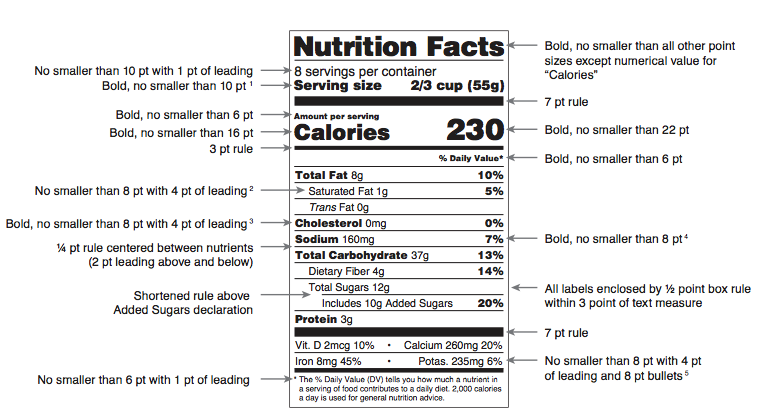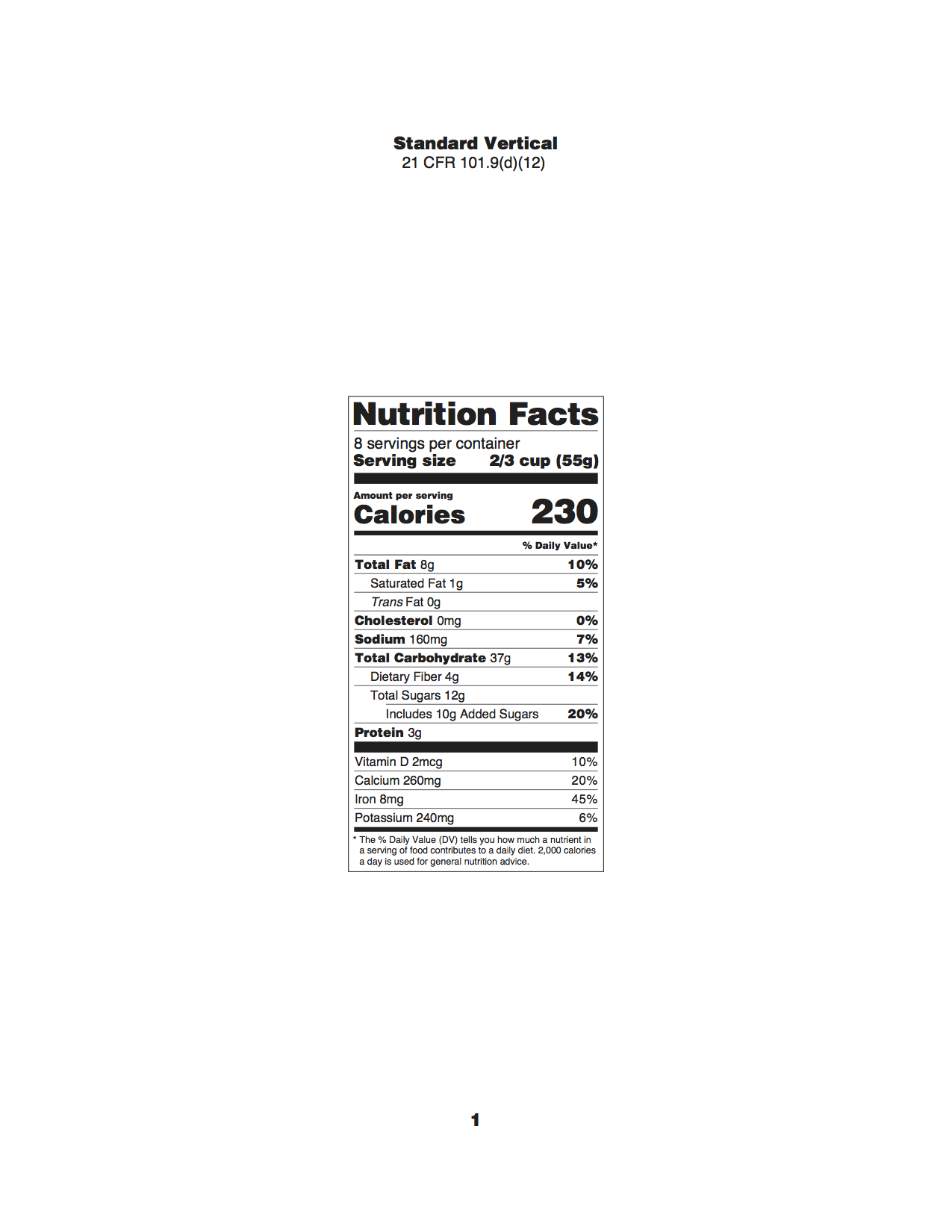Small Business Exemptions:
Businesses/products that fulfill the criteria below may be exempt from the requirements for Nutritional Labeling described in Subpart A 101.9
Exemption Possibility #1:
A business who makes sales to a consumer (can be a retailer) who:
- Conducts no more than $500,000 in annual gross sales of all products OR
- Conducts no more than $50,000 in annual gross sales of food products.
The food products exempt from labeling must not make any nutrition claims in the product or advertisement of it.
Exemption Possibility #2:
Low Volume Exemption: A business with fewer than 100 full time employees and fewer than 100,000 units sold in the US (for the preceding 12 months) may be exempt from certain labeling requirements.
The exempt food labels or product advertising may not provide any nutrition information or make a nutrient content claim or health claim.
Source 101.9 (j) Labeling Exemptions
How to Register a Small Business Labeling Exemption:
If the exempt business is not an importer and sells fewer than 10,000 units annually, there is no requirement for registering the exemption.
If the business does not meet the above criteria, then you must file for the exemption each year. You can do this online or by submitting this form by mail/fax
Foods that are Exempt From Labeling Requirements:
The following foods are exempt from labeling requirements. There is no registration filing required associated with the food-based exemptions below.
Raw fruits
Vegetables
Fish
Dietary Supplements (they are regulated under §101.36)
Certain egg cartons
Infant Formula and foods for children up to 4 yrs of age (modified requirements apply)
Foods that contain insignificant amounts of all nutrients required to be in a nutrition panel (i.e. coffee beans, tea leaves, spices, flavor extracts, food colors,)
Packaged single-ingredient meat products that are FDA-regulated (i.e. deer, bison, rabbit, quail, wild turkey, ostrich)
Foods in small packages that have a total surface area of <12 sq inches
Foods served or delivered for immediate consumption
Food that is served in bulk containers at a retail establishment. The retail establishment must include the ingredients listing on a card or sign, if not on the bulk container itself.
Foods that are prepared inside a retail establishment and only sold in that establishment (i.e. foods processed and sold onsite by independent delis, bakeries, or salad bars)
Ingredients that are added to a food for an effect in processing but are present in the finished product at insignificant levels.
Some products that are being transported to another facility where they will be processed, packed, or labeled.




























